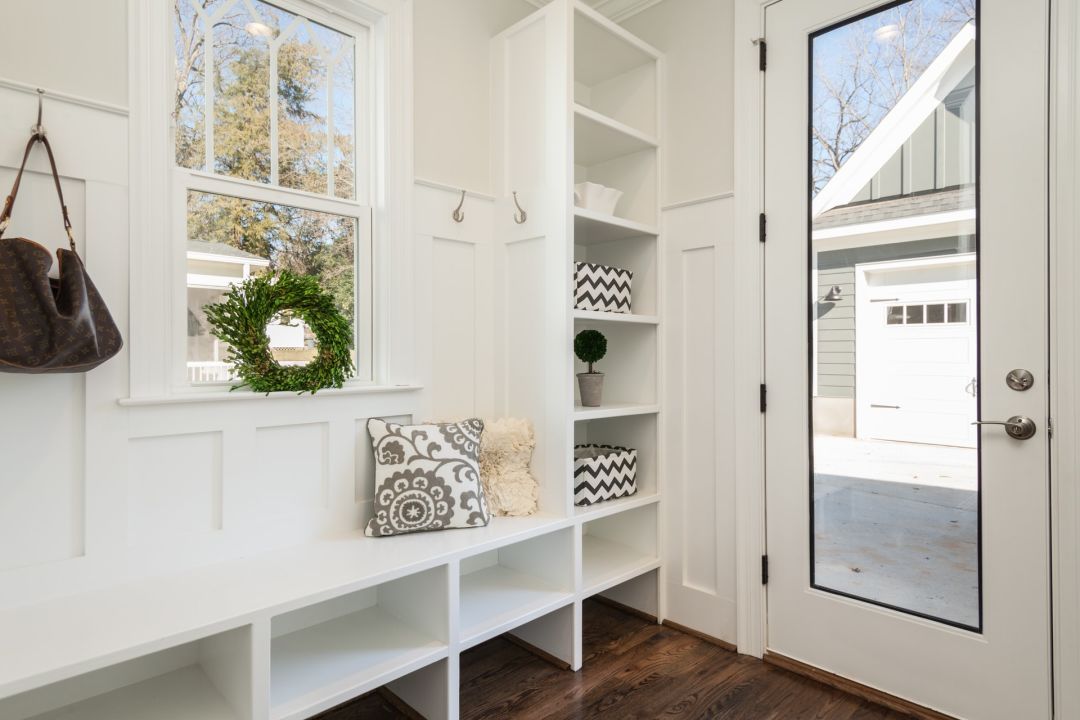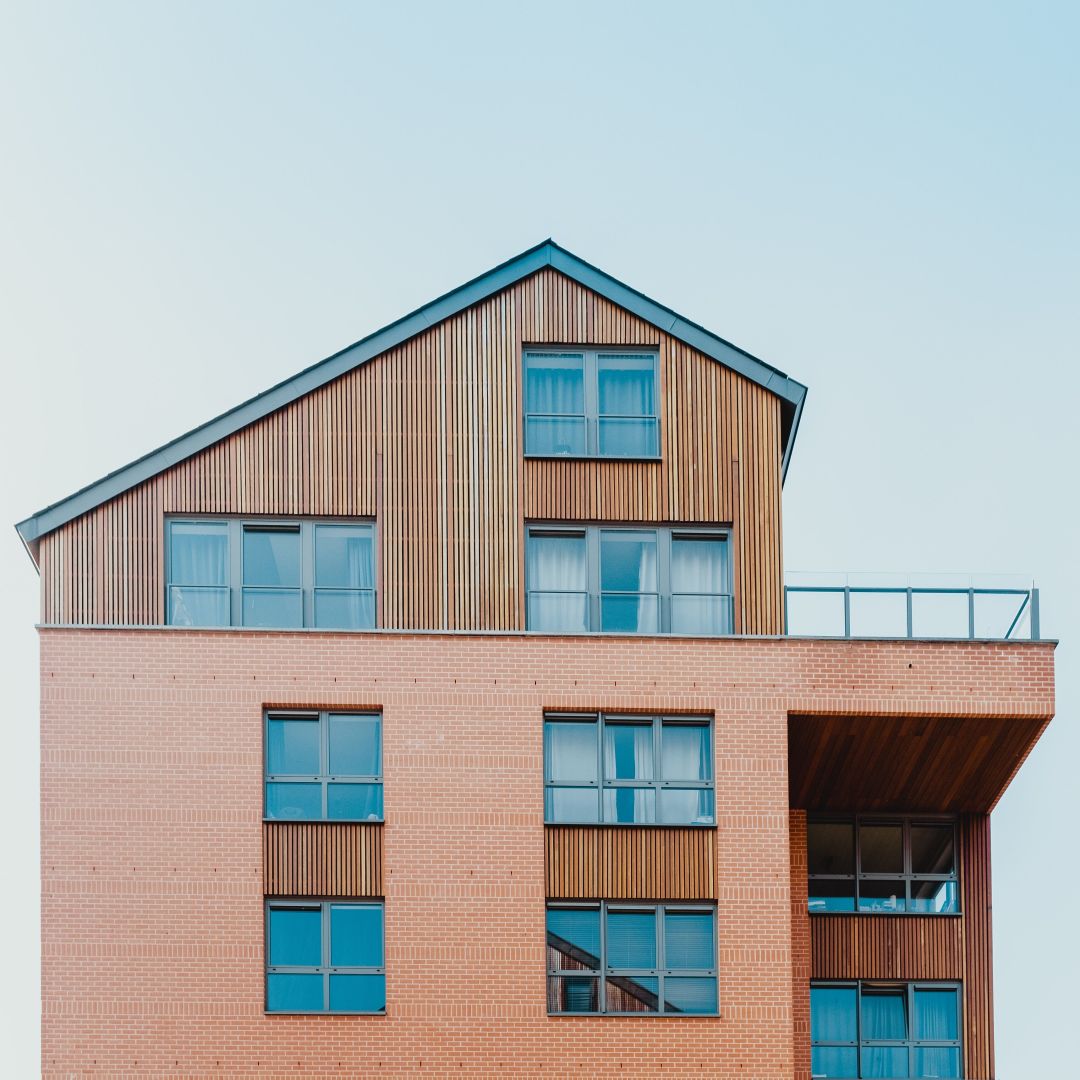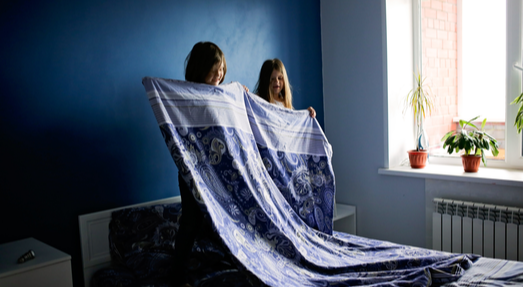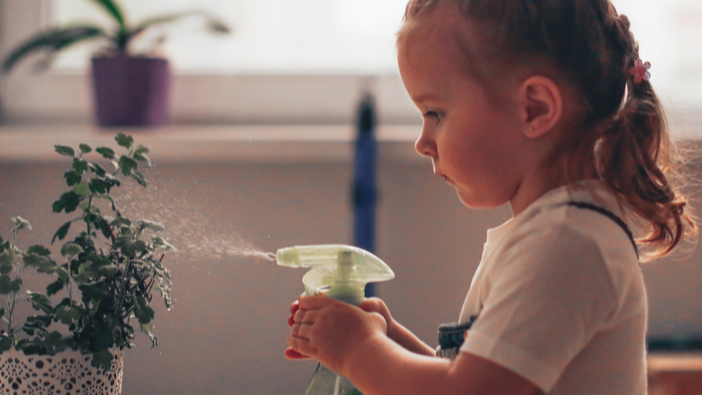By using our site, you agree to our cookie policy.
House viewing checklist
With our house viewing tips and checklist, you’ll be sure not to miss a thing. From planning when to view properties to knowing what to look out for, here’s what you need to remember.

House viewing tips
Things to consider before viewing the house
1. Research the area Find out a little bit about the area before you visit. See if there are any parks worth checking out or any pubs and restaurants that warrant a visit. Google Street View can help you work out any interesting parts of the neighbourhood worth a look — and it can help you feel more familiar and prepared. (Want to know what properties tend to go for in the area? Use our online valuation tool to get a general sense of the price range). 2. Plan a number of viewings for the same day Viewing a lot of different homes can be a slog — and take a lot of time. If you’re looking in a specific area, you may want to try booking multiple viewings in for the same day — especially if you’re travelling a long way. That being said, don’t overbook. If you view too many homes at once, they can all blend together. Plus, it’s just tiring. Leave yourself time for a cuppa now and then.

3. What to take with you when viewing a property Different people prepare for viewings differently. We recommend taking your home viewing checklist of things to look at and questions to ask. Also, don’t be shy if you want to take photos or videos to help you remember it better (though you should always ask permission before you start snapping). Basically, you’re going to want your phone with you or, if you’re feeling old fashioned, a pen and notepad will work just as well. Worried you’re going to forget something? Need a second opinion? It’s normal to bring a friend or a family member to go through and view homes with you. Especially if you’re a first-time buyer, it can be incredibly useful to have someone more experienced along for the ride.
A reconnaissance mission is probably in order — we all need to know where we can find milk or emergency tea bags in a pinch."
What to look for when viewing a house
What do you look for in a home? That depends. There are some things that everyone should look for — a great location, a solid building, and all of the other little details that we'll talk you through in a moment. But there will also be things that are unique to you. You might have certain needs — maybe room outside to have friends over, a home office, or space for your child to practice their instrument without keeping the whole family awake. But there's also that special feeling, that fit. It can be difficult to put your finger on, but you'll know it when you find it. First, though, you need to cover the basics — we'll start with outside.
Viewing the house from the outside
First things first — here are some points that should be on your house viewing checklist, before you even step through the door. 1. The street itself If this is going to be your new home address, it’s crucial that you like it. There are some objective factors you need to consider. If you have kids, does it feel safe? Is the home easily accessible? But it’s also just a feeling. Take a look at your front door and see if it feels like a good fit.
2. Other properties Other properties in the area are also important. If this isn’t your forever home, then the condition of other properties may have an impact on your resale price and the overall price of the neighbourhood. And if this is your forever home — well, you’re going to be living there forever. It’s important that you like what you see.
3. Pollution You can look at pollution maps online to see the statistics, but it also helps to take a moment and see what it actually feels like where you live. We’re learning more and more about how pollution affects our health — and especially our children’s health.

4. Traffic Whether you drive to work every day or have kids who may be walking around, pay attention to how bad the traffic is — and how good the traffic signs seem to be at managing any cars, buses, or bikes passing through. It can be helpful to check out the traffic at different times of day — especially if you’re going to be commuting.
5. Transport links A lot of us find our commutes frustrating, and the location and accessibility can either make the journey easier or a lot more irritating — make sure to factor it in. If you have kids, it can help to look for bus routes they can use when they’re old enough — they’ll save you from feeling like a taxi service.

6. Local amenities You may be able to see some amenities right on your doorstep — a corner shop, a mailbox, a park. A reconnaissance mission is probably in order — we all need to know where we can find milk or emergency tea bags in a pinch.
Viewing the inside of the property
When we walk in to view a property, so often all of our good intentions fly out the window. We forget what we wanted to ask or what we wanted to look at — that's why a property viewing checklist can be a total lifesaver. Here’s what you should keep in mind. 1. How is the natural light? Natural light is one of the most important things to buyers — and for good reason. It can totally change the feel of a home. Pay attention to which way the house faces and how well it seems to catch the light at different times of the day. In fact, a lot of buyers like to visit a home during different times and in different weather for that very reason — you want to get the whole picture. South-facing gardens are especially desirable, because of the amount of light they get. Not sure which way is south? Don’t worry — that’s what Google Maps is for.
2. Is the plumbing done well? Plumbing is another potentially expensive issue that’s sometimes overlooked when viewing a house. Check out the boiler to see how old it is and find out when it was last serviced. Don’t be afraid to ask a lot of questions — or just turn the taps on and see.
3. Is there enough storage? Keep an eye out for the storage, especially in the bedrooms, and make sure it meets your needs. A savvy seller will probably have streamlined and decluttered to make it look like the home has plenty of space, but that doesn’t necessarily reflect the reality.

4. How much space do you have? We’re not just talking about square footage. The amount of space is obviously important, but it’s also how that space is used. Sometimes, homes are configured in ways that don’t use the space to its optimum potential — so make sure the home feels as big as you want it to be. 5. Do the rooms fit your purpose? Make sure that the rooms are what you actually need. If you need two large double bedrooms, three tiny bedrooms might not cut it. We all have our own needs and priorities, so make sure it’s the right fit. 6. Has it been fixed up in a hurry? A lick of paint can hide a multitude of sins — great if you’re a seller, more complicated if you’re a buyer. Make sure that the home is actually in good condition and not just dolled up in a hurry. Feel free to look behind furniture for cracks and inspect the condition of the walls and floors to see what might be hiding.
If you get a chance, always take the opportunity to strike up a chat with a neighbour. "
7. Is the building sound? There are some building elements that might not become clear until you do a property survey, but you can look for signs of structural soundness even when you're viewing. Ask about any repairs to the building and keep an eye out for cracks and damp. 8. Is the roof in good shape? Roofs are expensive and, unfortunately, they sometimes need to be replaced if they haven’t been looked after. Ask about the last time the roof was looked at and try to get a sense of how the tiles and any gutters are holding up, as well as the fascias and soffits. We know, they sound silly — but they’re important. If there’s something amiss, you may need to work it into your budget or reconsider. 9. What can you hear? Neighbours? Street traffic? Planes? Depending on how well sound-proofed the home is, you may be able to hear a lot of outside noise or none at all. This is especially important if you live in a city or on a busy street where you may have people walking by frequently.
10. Are you falling for the lifestyle? Some people really, really know how to dress a home. Maybe when you walk in you see a beautiful paint colour, you smell fresh cookies in the oven, you see an entire library of books you want to read or a bathroom full of expensive products — don’t fall for it. Remember: You're looking at the home, not the lifestyle of the people who live there (or the lifestyle they want you to think they have).
11. Have you seen the whole property? Lofts, basements, storage, garages, sheds — make sure that you’re seeing all of the property. And if the estate agent is trying to keep you out of a certain area, there may be a reason for that. Don’t be afraid to Strike out on your own and explore.

12. Are there enough power points? A small point, but one you’ll be glad you checked. How many plug sockets do you see around? Are they where you need them? Make sure you’re not signing up for a life of constantly panicking about your phone battery. 13. Is there damp? Damp. It’s not glamorous — but it’s a big issue that can cost you a lot in the long run. Look for that tell-tale damp smell and any peeling wallpaper, warped floorboards, or even early signs of mould.

14. Are there any restrictive covenants? Sometimes there is a covenant on the property — which is essentially a legal word that means some agreement or situation that would limit how you could use it. It’s always best to check. 15. Flood risks and drainage How near is the property to water? Has it ever flooded? Checking any flood risks is crucial, not just for your safety but because it can affect the property’s insurance — you’ll also want to make sure that there are no drainage issues. 16. How green is the property? You can look at the EPC to see how efficient the energy usage of the house is — and always be sure to check for things like quality double glazing, which can keep energy bills down. Newer builds often have extra green credentials, so make sure to ask about any sustainability measures that have been taken. 17. Can you talk to the neighbours? They often know more than anyone. They can tell you about the area, any disputes, any tips — they know it all. If you get a chance, always take the opportunity to strike up a chat.
find a property
Find your dream home
Ready to Strike? Search all properties we've got on the market right now.

useful guides
We're here to help

Selling your house tips
Ready to Strike? We break down the step by step process of selling your home, from the best time to sell to how to get the best price.

Estate agent fees
One of the highest cost for sellers is estate agent fees. We believe it's time for a change so we're striking out fees altogether.

Conveyancing solicitor fees
What about the legal side of a sale? We’ve spelt it out — along with how much your solicitor will cost.

Process of buying a house
The process of buying a house can seem complicated, but we'll walk you through — one step at a time.
House viewing FAQs
How many times should you look at a house before buying?
That’s totally up to you. Some people like to go back to a house many, many times — in fact, some people do as many as 16 viewings of the home and the local area. But most people probably fall around the 3-6 range.
Of course, in 2020, viewings can look a little different. You may want to do online viewings to narrow down your search and do fewer in-person viewings. It’s up to you.
How long do house viewings last?
Can you take pictures during a house viewing?
What should you do at a second house viewing?
Strike feel free
Copyright © Strike Limited 2024

